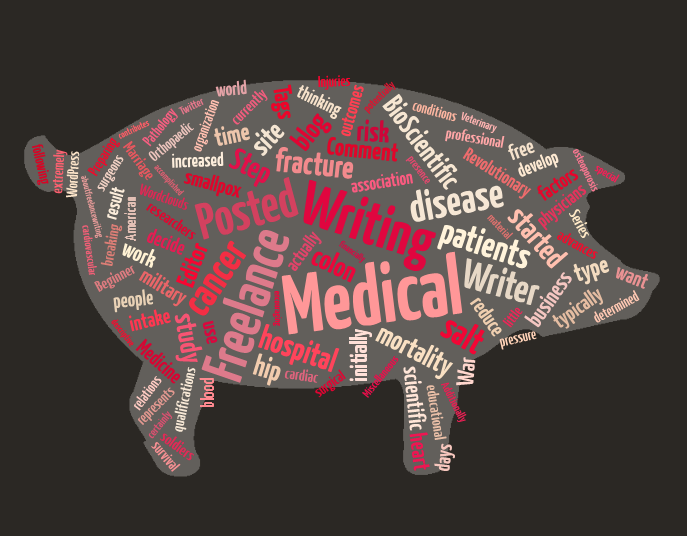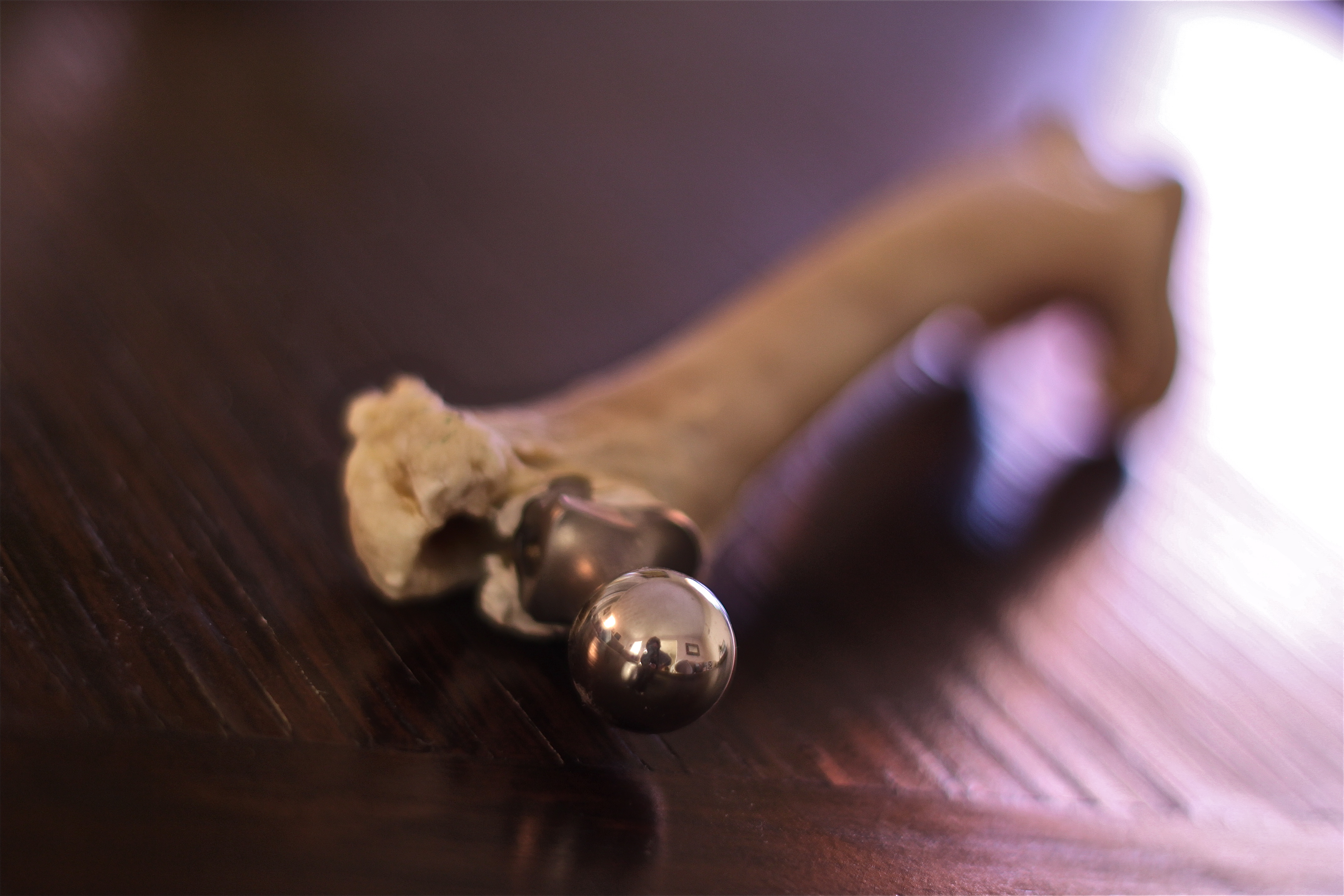Everyone should have an up to date resume ready – whether you have no desire to leave your current job, or whether you are looking to transition to a new position as a full-time or freelance worker.
Although “anything is better than nothing” in an emergency, ideally you want to avoid your resume being a trainwreck that heads toward the ER! So if you don’t have a resume at the moment, or you haven’t updated it in a while – now is the time to take action.
The trick, however, is making yourself stand out from the crowd. Prospective employers or clients will receive many resumes – so you want yours to reflect how special you are, and how you can make a difference to a company.
Sadly, few of us are effective self-marketers, so it’s easy for our resume to end up resembling a “To Do” list (or maybe a “To Done” list!). Highlighting how previous responsibilities helped employers, rather than simply listing what they were, can be an extremely effective tool in demonstrating your skill sets.
Although “one size doesn’t fit all” when it comes to resume-writing, there are definitely some general points worth considering as a starter. I’m in the middle of revamping my resume right now & thought I’d share some posts that I’ve come across & enjoyed.
Check out these 5 articles for some great insight into compiling a resume:
Is It Time For Your Resume Checkup?
Some resume-writing tips from a medical writer
Ten Easy Ways To Improve Your Resume
Don’t Make These Mistakes On Your Resume
Why You Should Keep Your Resume Updated
What tips can you share for resume writing?










Follow Me!